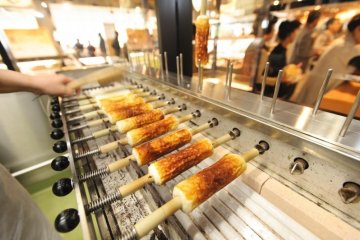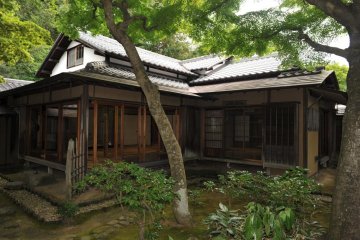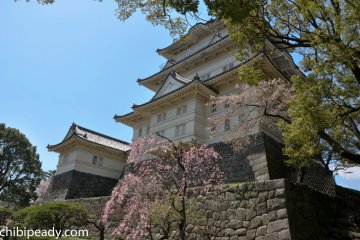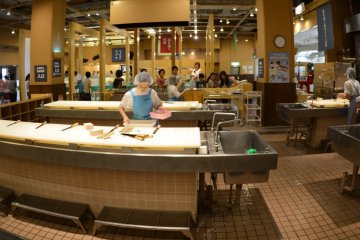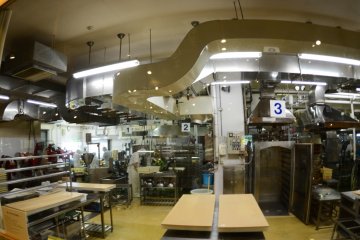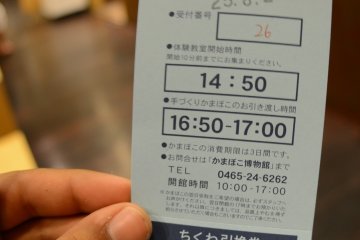Kamaboko is a Japanese processed seafood product that is popular year-round but particularly during festive seasons. It is commonly given as a gift to friends and loved ones. The history of kamaboko dates back to the 8th century when it was made for the emperor. It gets it name from the bamboo sticks or cattail plant that were used to make kamaboko.
Suzuhiro made their first kamaboko in 1865. Today, kamaboko is available everywhere in Japan, but Suzuhiro is known to be the best producer. The Suzuhiro factory and museum is located just 2 stops away from Odawara main station. It is a popular destination among kids, and there is also a huge mall that sells all kinds of fish products.
Kamaboko is made from completely natural ingredients like white fish, sake, egg white, salt and sugar. The shape of the final product is symbolic and resembles bamboo. However, there are many custom designs available.
In the Suzuhiro factory in Odawara, you can get the opportunity to make kamaboko 'fish cakes' yourself. The kamaboko making session is fairly easy keeping in mind that many kids participate in it too, but many adults also take part in an attempt to master the art.
I visited the factory with a friend and we both were clueless about the process. The fee is ¥1,575 and after paying you get a token with your start time and number written on it. The staff will also provide you with a hair cover and apron. We were patiently anticipating our turn and tried to take a sneak peak at others participating before us.
When the time finally arrived, we allocated desks according to our numbers and we were asked to wash our hands thoroughly. Immediately, one of the professional kamaboko makers gave us a brief tutorial. Her skills were impressive, and we were awestruck as it looked so easy when she did it. It was finally our turn, the moment of truth. The knife and the kamaboko wooden support was lying on the table, and the lady came to each table and dished out a few scoops of fish paste.
The first step was to mash the paste well so that air could enter the tiny holes. Then we had to flatten it like dough. The most difficult step was to somehow curve the paste in the wooden support. And obviously the finishing touch, which was to smoothen the surface.
This session is extremely fun but tiring too. While your kamaboko is being cooked, they give you some more fish paste and teach you how to make a kamaboko stick. Unlike the kamaboko block, this is easier and quicker and is roasted.
You have to wait another hour before your handmade kamaboko is ready. Meanwhile, you can wander around the exhibition on the history of Suzuhiro. There is an art gallery on the second floor and also a souvenir shop. You can also purchase pictures of yourself making kamaboko from the souvenir shop.
The entire experience was incredible and the first taste of your own kamaboko is priceless.




